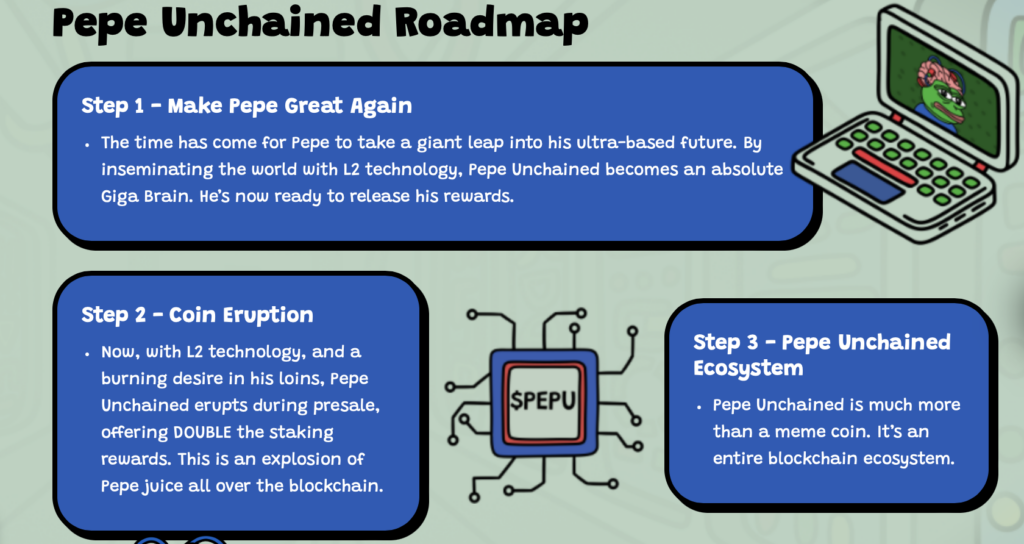Ethereum, the second-largest cryptocurrency by market capitalization, is set to undergo a significant transformation, with its co-founder Vitalik Buterin announcing a comprehensive plan to revamp its staking mechanism.
Buterin, a pivotal figure in the crypto world, shared his vision at the Devconnect conference in Turkey, a gathering that’s become a cornerstone for discussing the future of Ethereum and blockchain technology.
Ethereum’s Staking Redesign: A Leap Towards Efficiency
The proposed changes to Ethereum’s staking process are not just incremental improvements but a leap towards a more efficient and decentralized ecosystem. Buterin’s plan addresses the increasing centralization concerns in Ethereum’s liquid staking within its proof-of-stake model.
Centralization poses a threat to the network’s security and decentralization – two core tenets that have been the driving force behind Ethereum’s design philosophy.
Buterin’s approach involves integrating several key technologies and concepts. The UTXO payment model, a fundamental blockchain concept, is at the forefront of this overhaul.
This model, known for its robustness and efficiency in handling transactions, could significantly enhance Ethereum’s transaction processing capabilities.
Private mempools are another aspect of Buterin’s vision. By integrating private mempools, Ethereum could enhance transaction privacy, a feature increasingly demanded by users in the blockchain space.
This integration could provide users with more control over their transaction data, thereby enhancing the overall security and privacy of the network.
The introduction of ERC-4337, a standard for smart contract wallets, is a step towards making Ethereum more user-friendly and secure. This standard allows for more sophisticated wallet functionalities, which can include recovery options and improved user interfaces, making Ethereum more accessible to a broader audience.
Code pre-compilation is another innovative step proposed by Buterin. This process would allow for the optimization of smart contract execution, potentially reducing gas costs and improving the speed of transactions. This optimization is crucial as Ethereum continues to grow and attract more complex and gas-intensive applications.
ZK-EVMs and Liquid Staking: The Future of Ethereum
ZK-EVMs (Zero-Knowledge Ethereum Virtual Machines) are set to play a significant role in Ethereum’s future. These systems use zero-knowledge proofs, a form of cryptographic verification, to enhance privacy and scalability.
The integration of ZK-EVMs could significantly reduce the computational load on the Ethereum network, allowing for faster and more private transactions.
Liquid staking is another focal point of Buterin’s plan. It refers to the practice of participating in staking pools to earn staking rewards, thereby making the staking process more liquid and accessible.
However, the current landscape of liquid staking in Ethereum is becoming increasingly centralized, with a few large players dominating the scene. Buterin’s plan aims to decentralize this process, distributing power and control more evenly across the network.
Vitalik Buterin’s ambitious plan for revamping Ethereum’s staking mechanism marks a significant milestone in the cryptocurrency’s journey. By addressing key issues such as centralization, scalability, privacy, and user accessibility, Ethereum is poised to solidify its position as a leading blockchain platform.
These changes are not just technical upgrades; they are a reiteration of Ethereum’s commitment to its foundational principles of decentralization, security, and community-driven innovation.
As Ethereum continues to evolve under the guidance of visionaries like Buterin, it remains a beacon of potential and progress in the blockchain world.
The proposed changes are a testament to Ethereum’s ongoing quest to remain at the forefront of technological innovation, adapting and growing to meet the ever-changing needs of its diverse and dynamic community.





